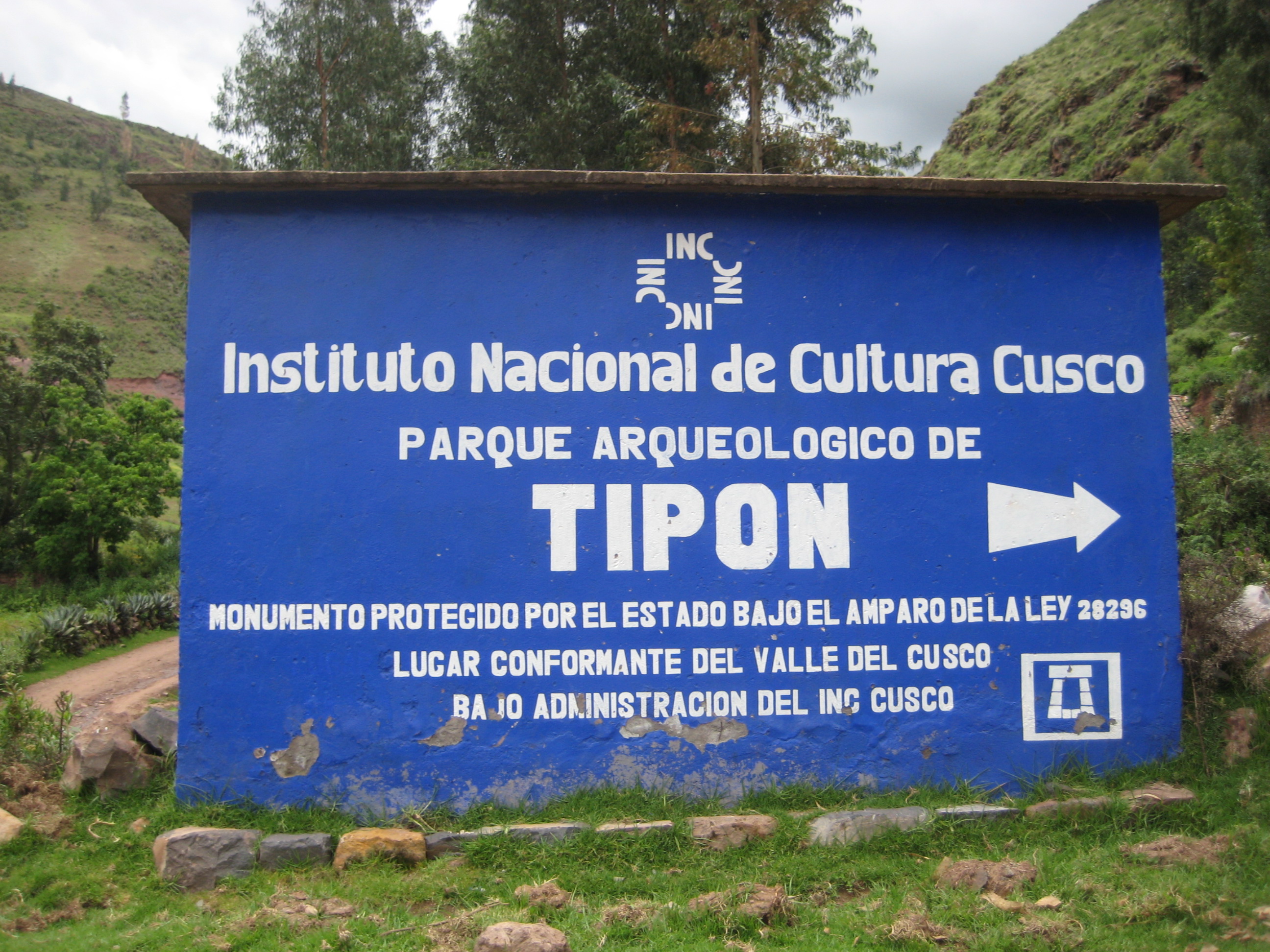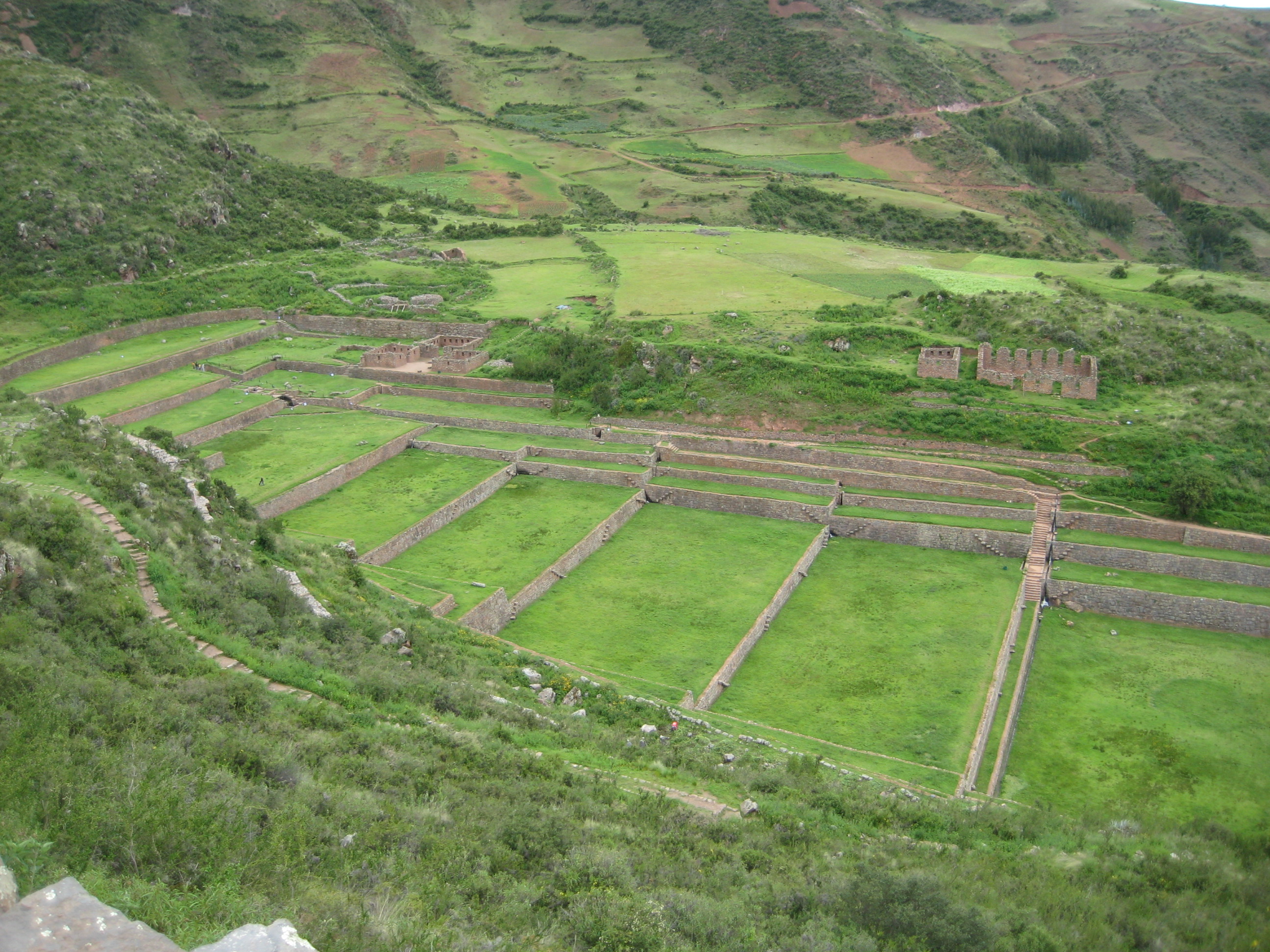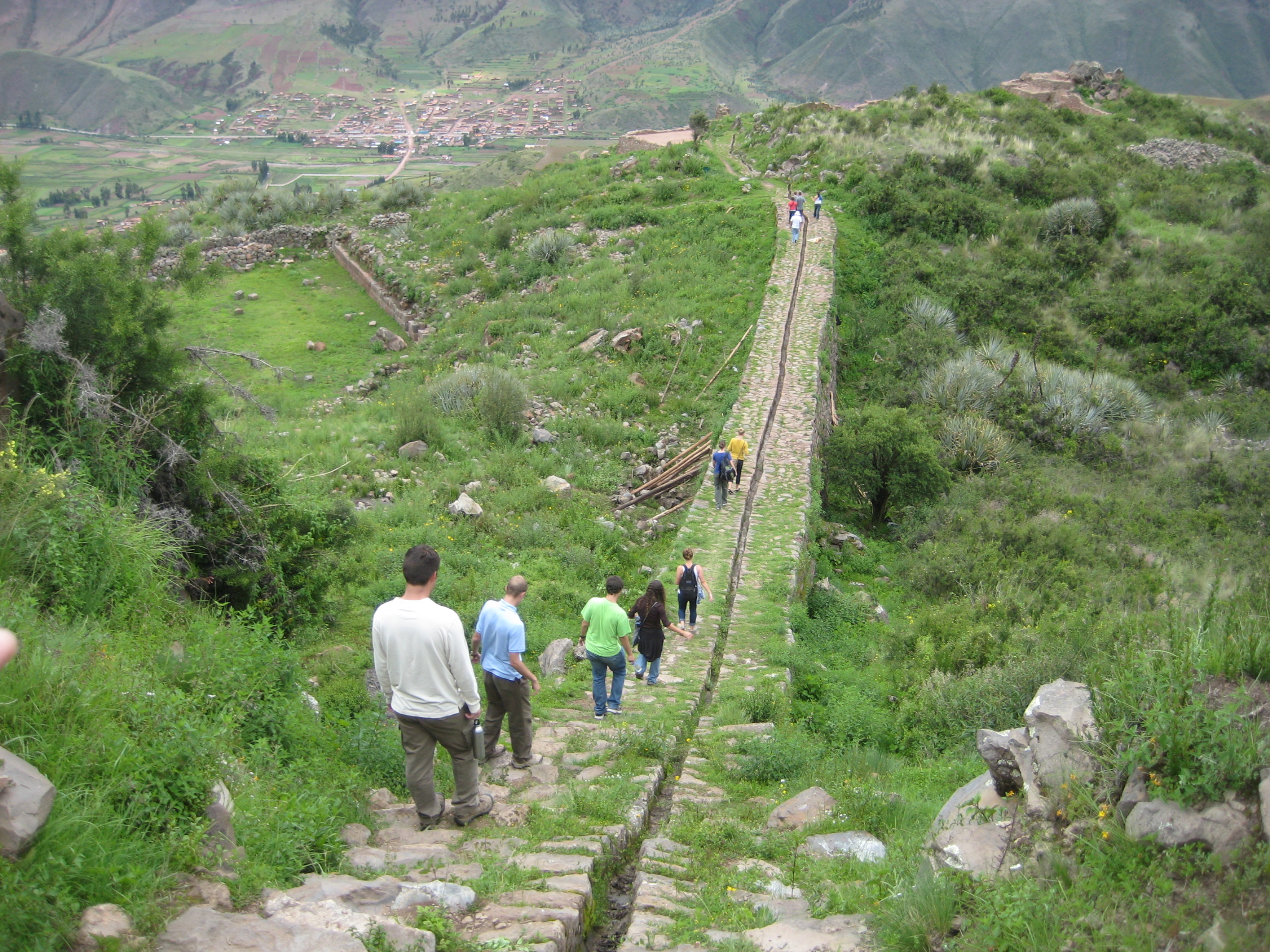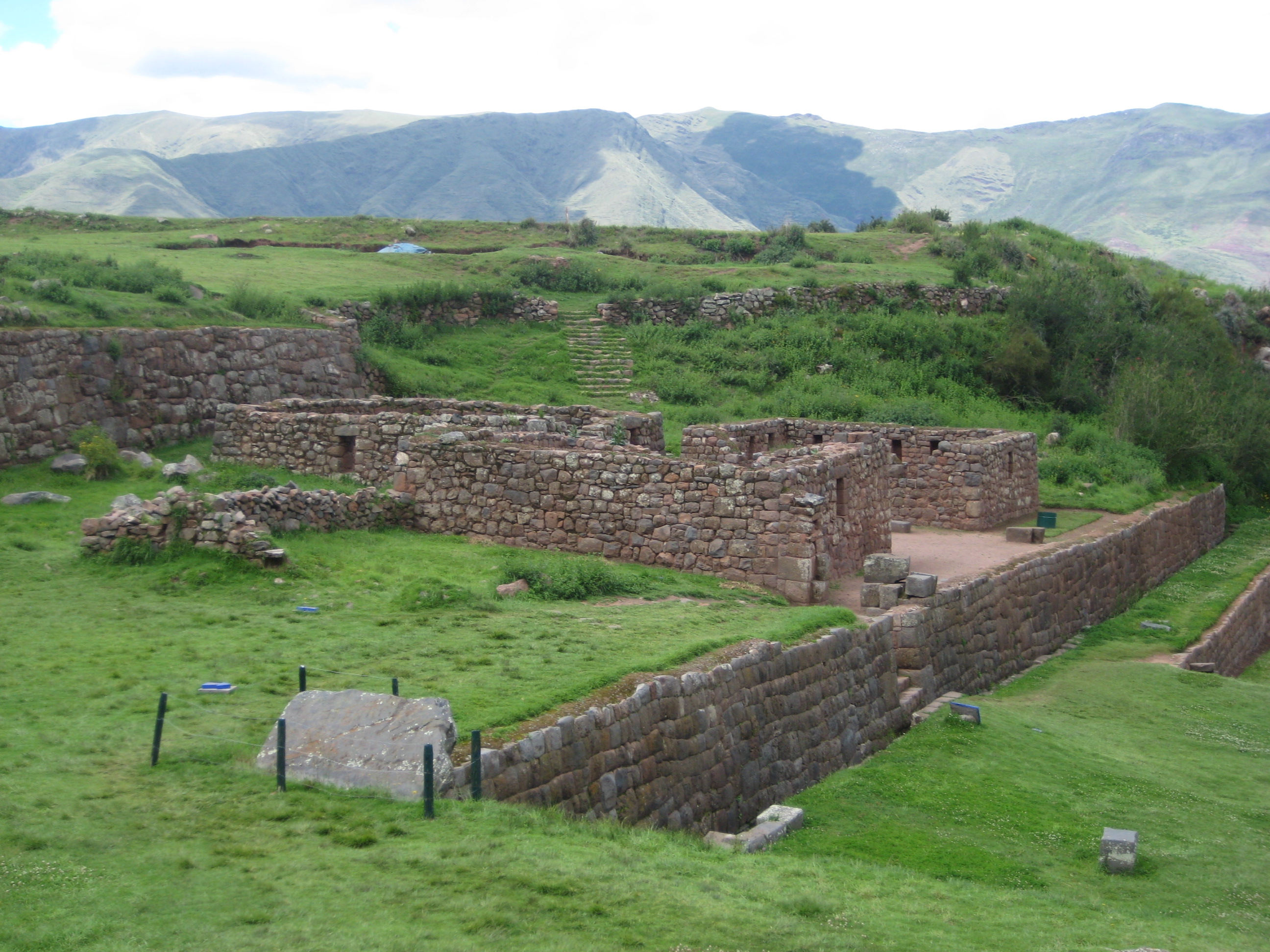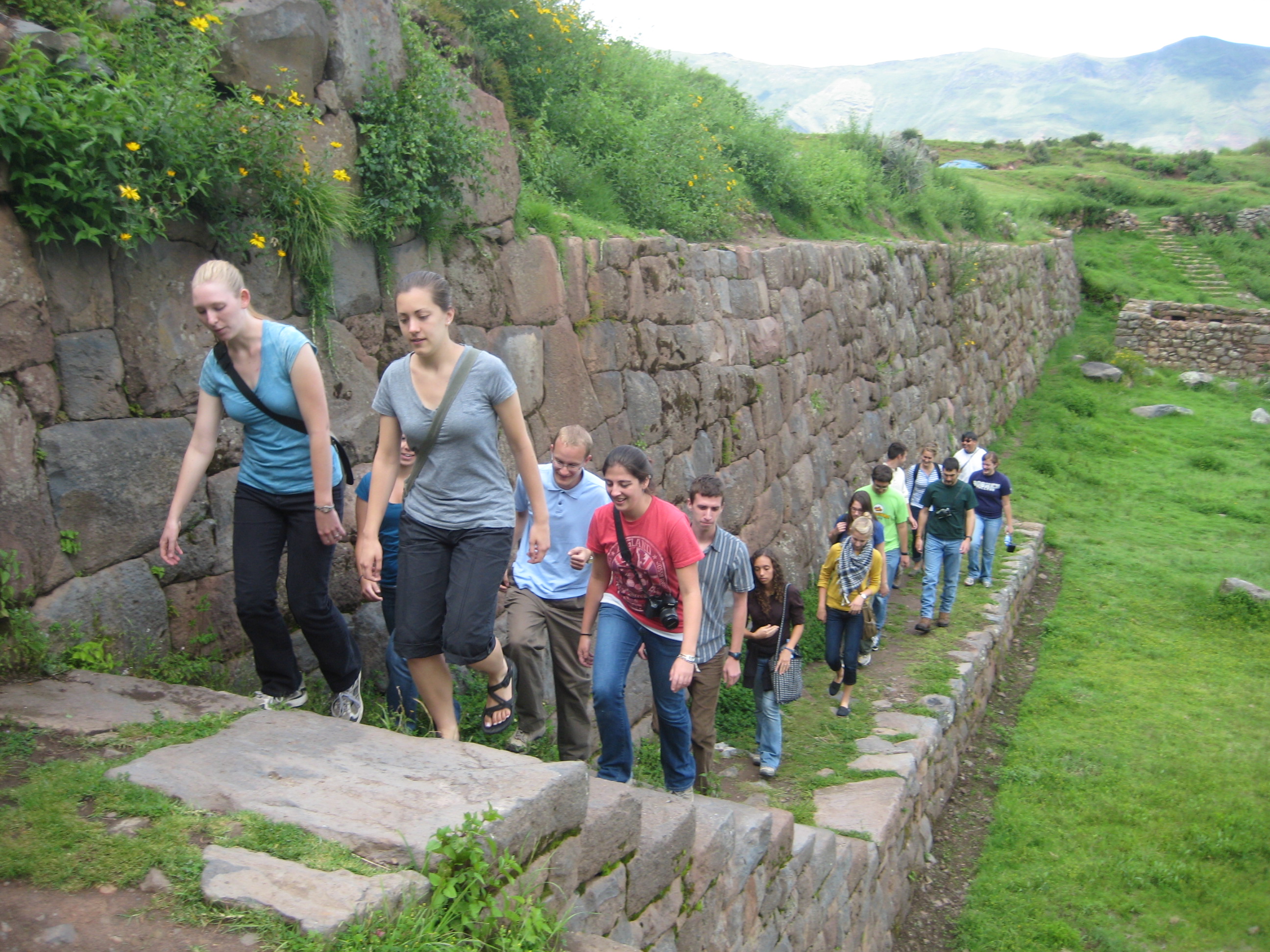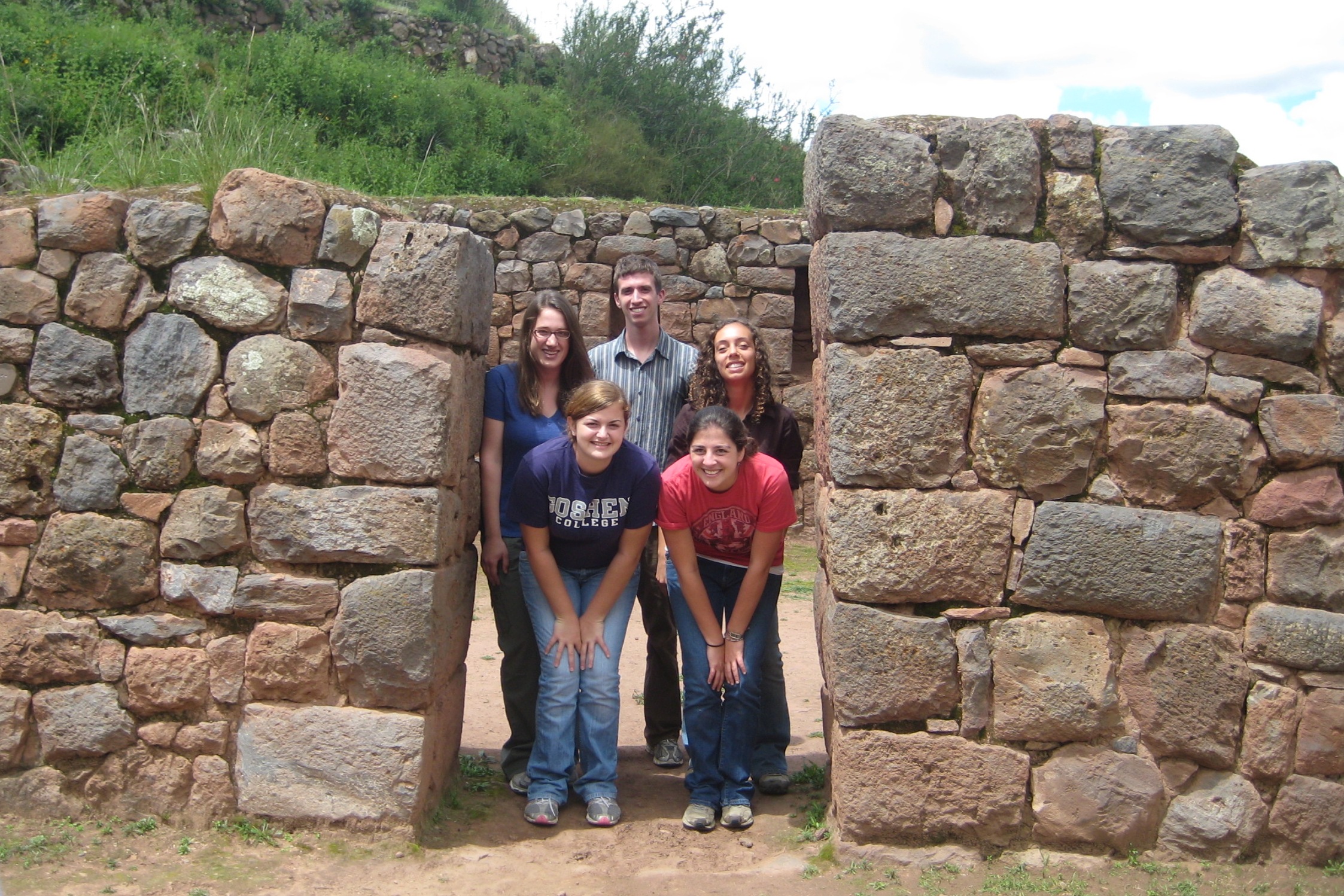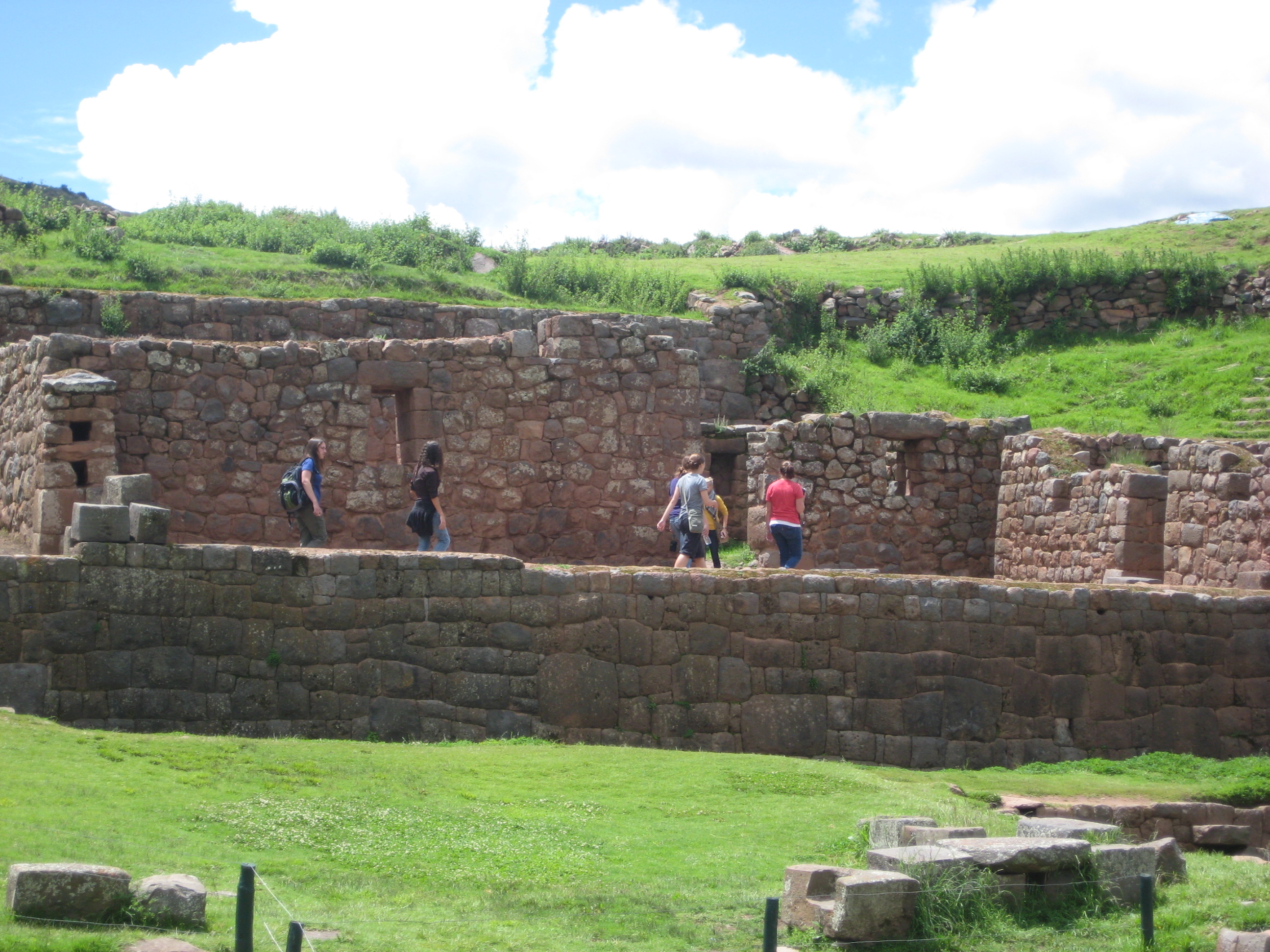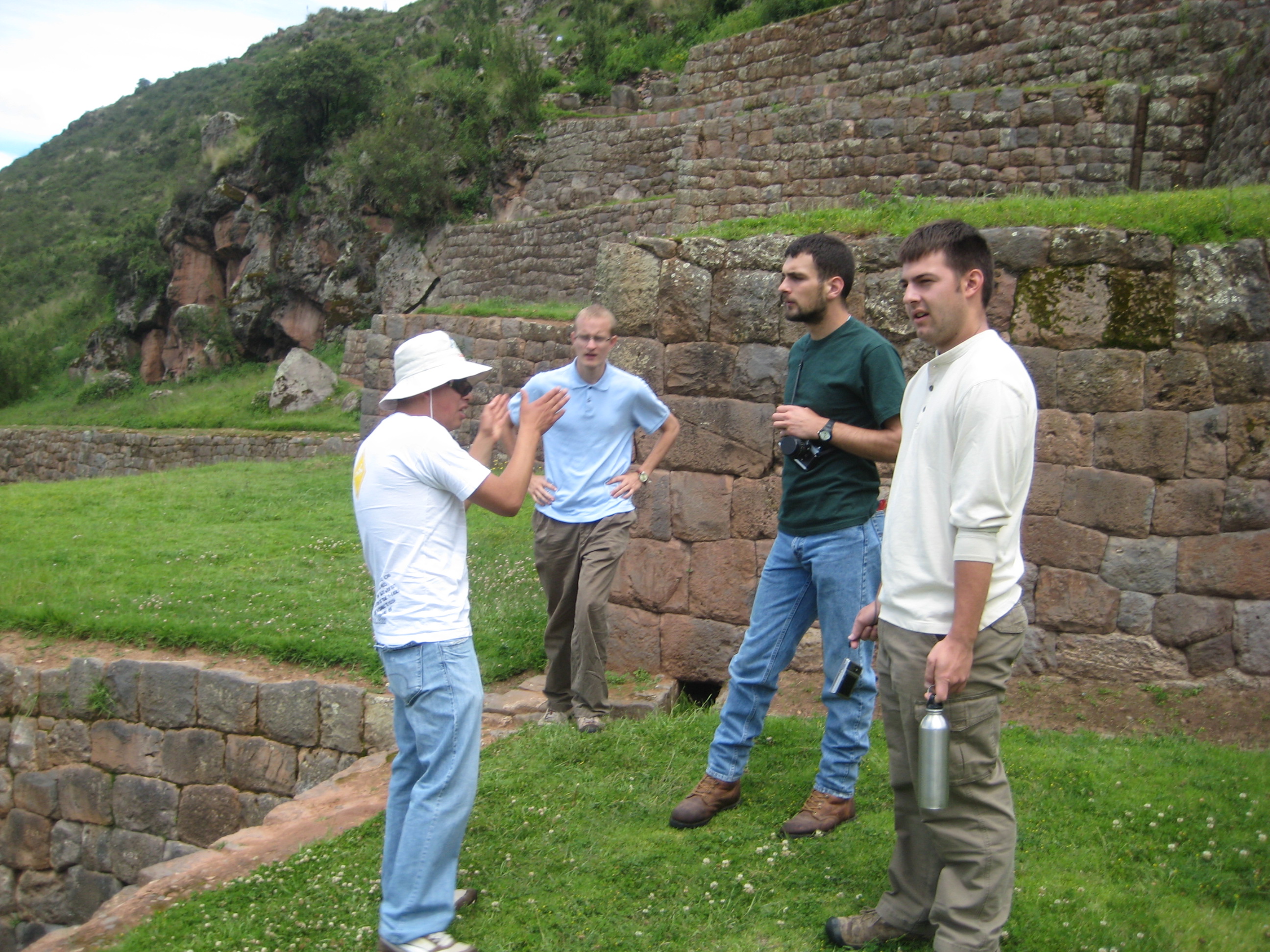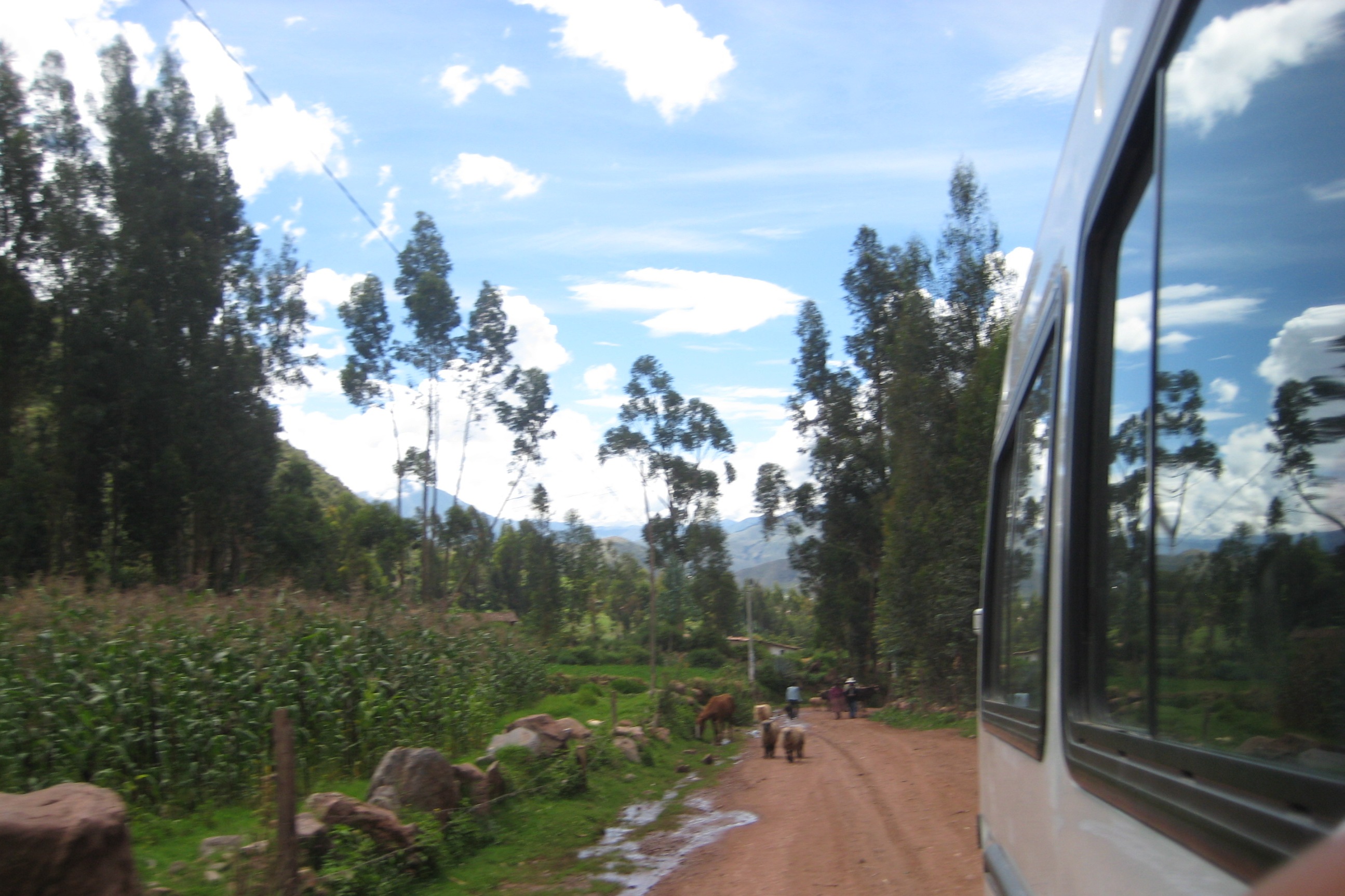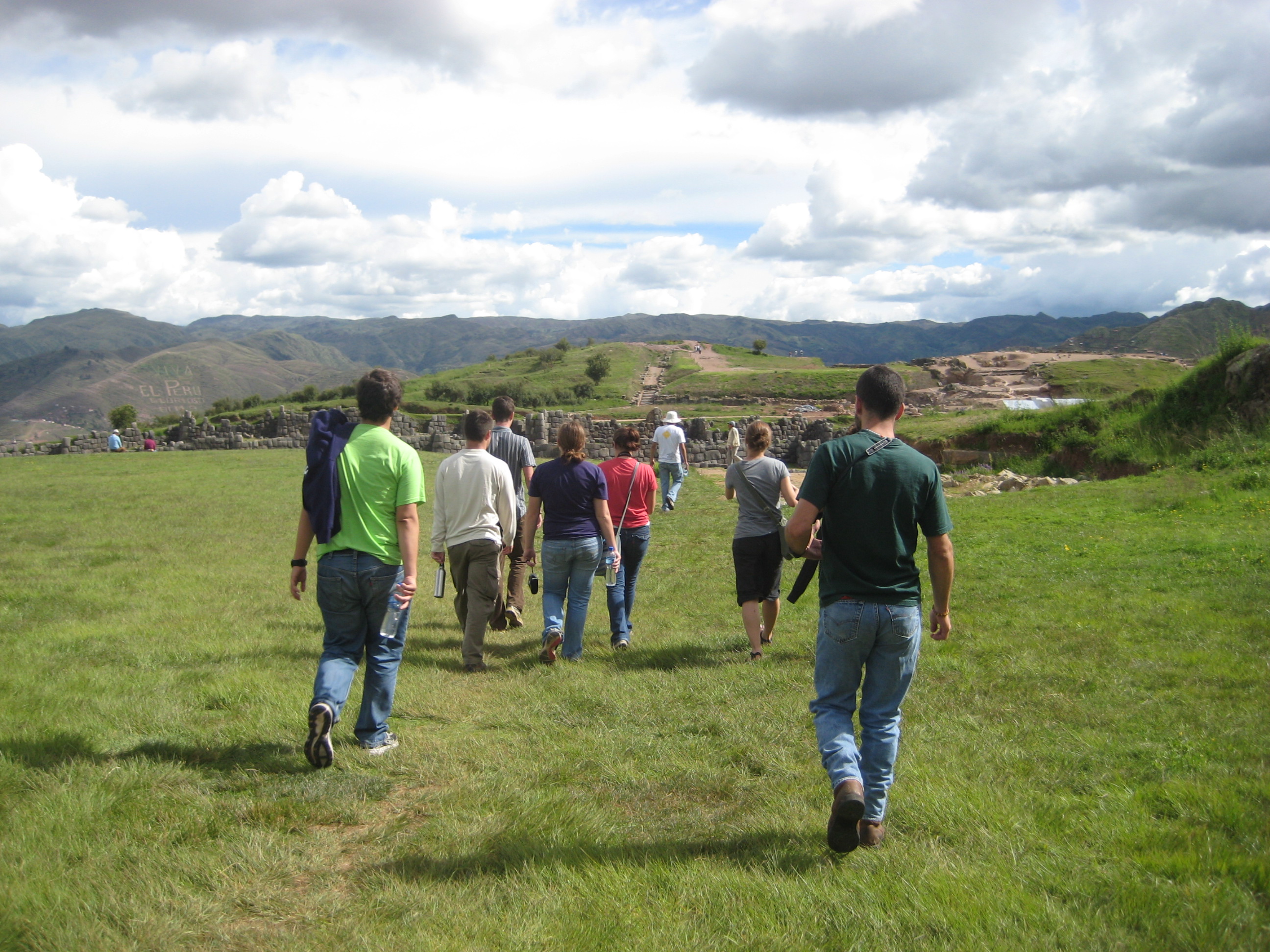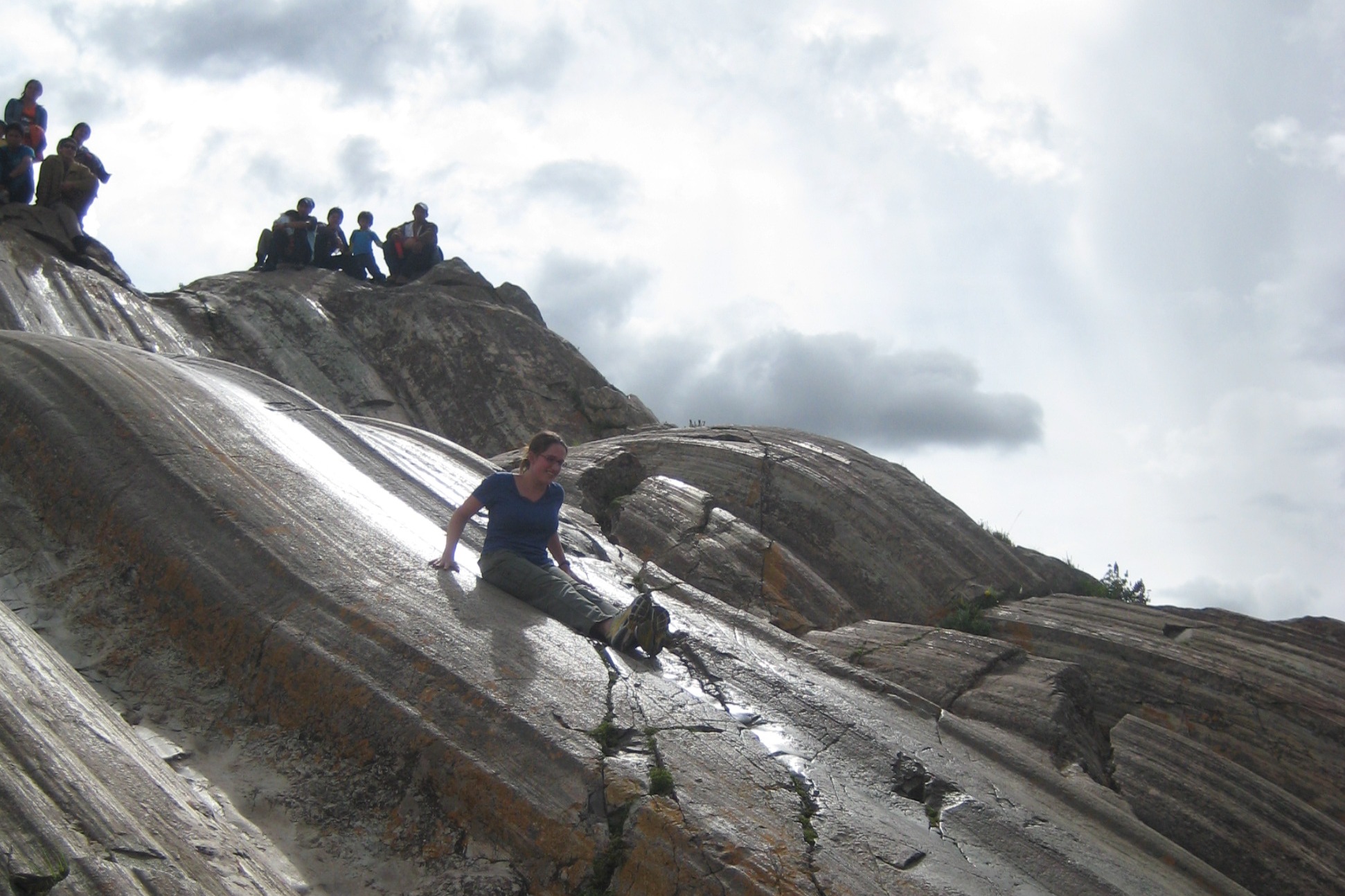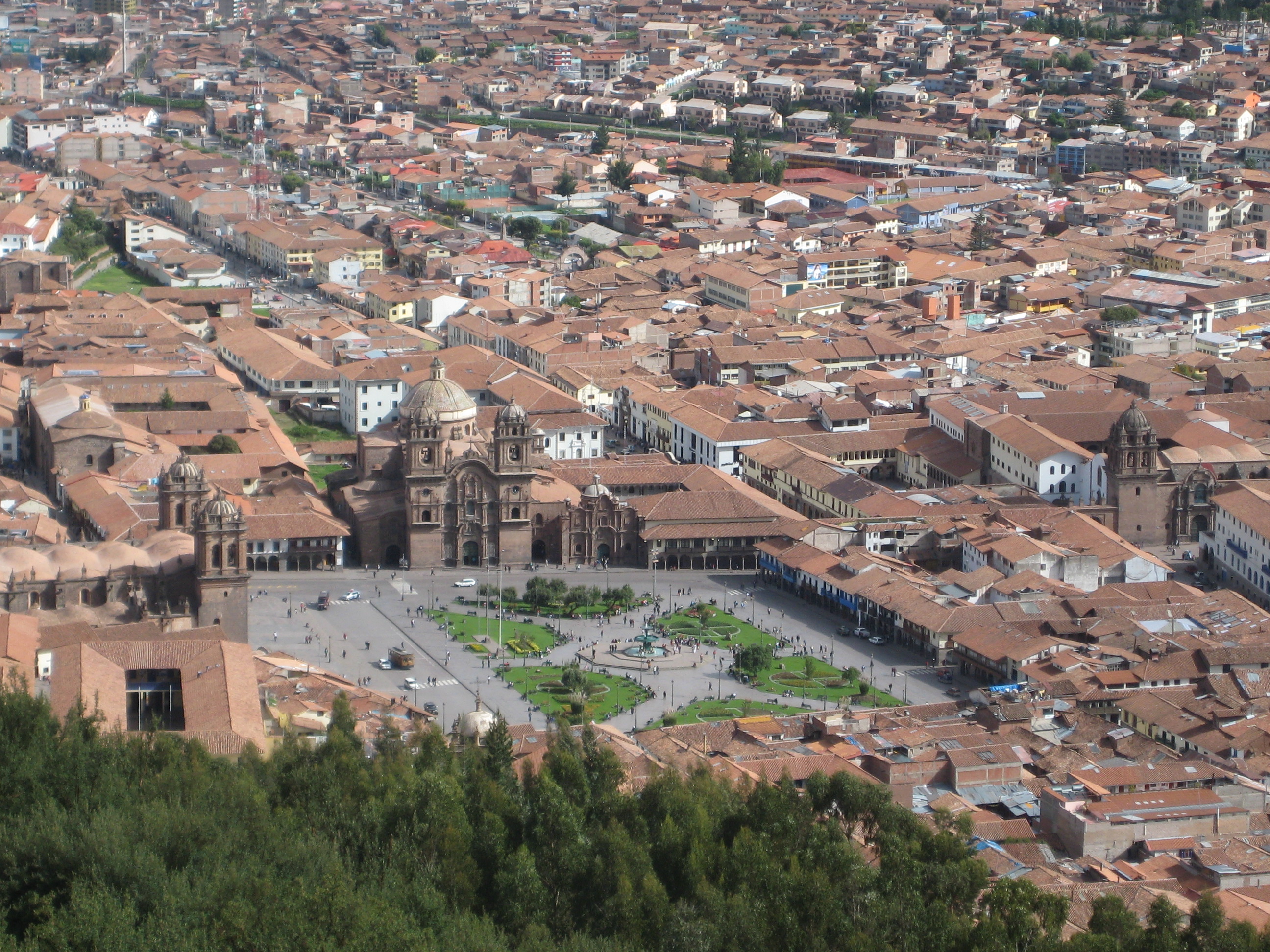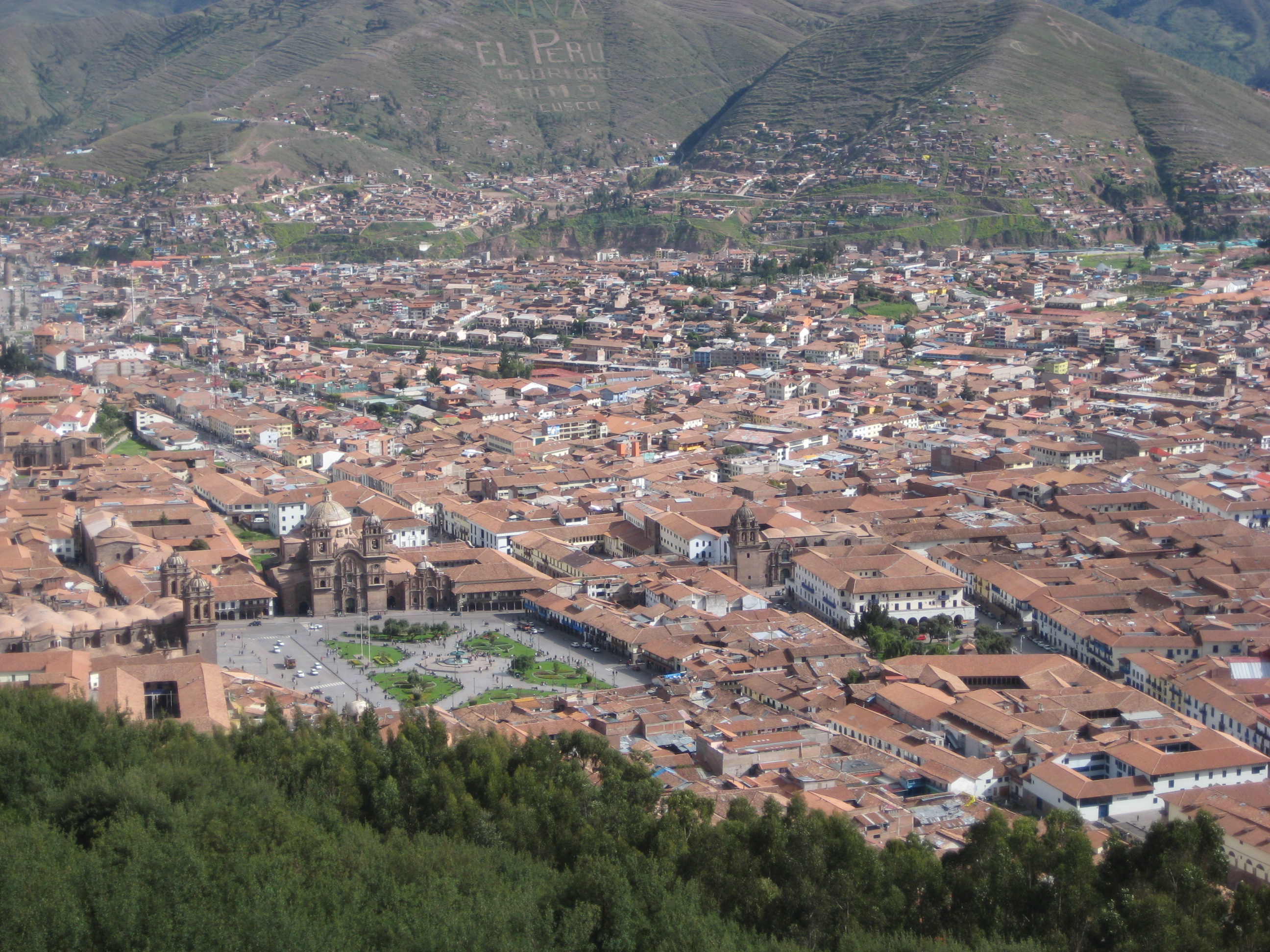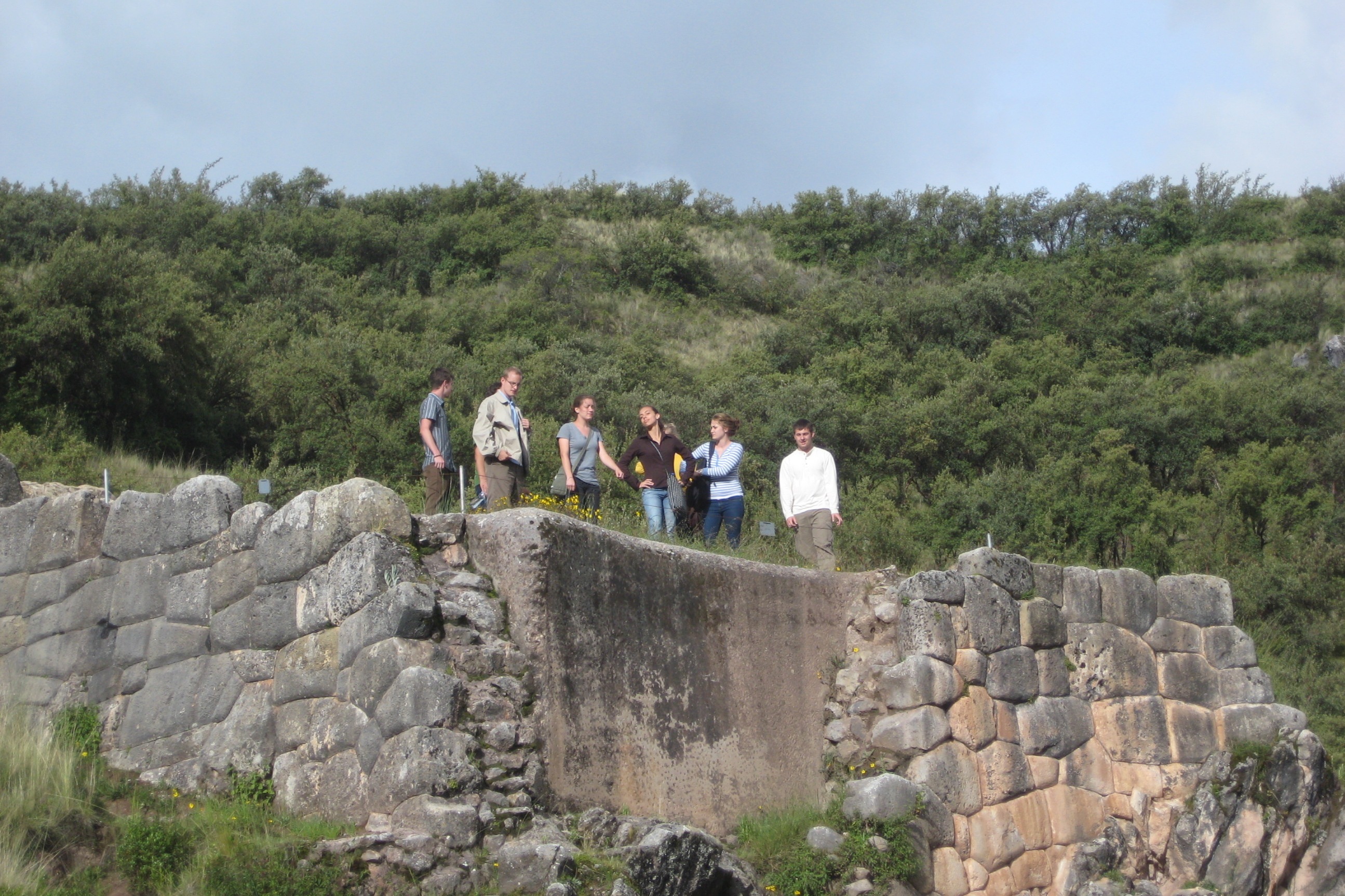In the footsteps of the Wari, Inca, and Spanish
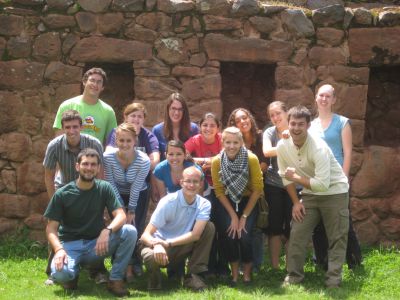
Just outside Cusco are several interesting places from very different eras that we were able to explore during our visit. We started at Tipon, a 500-acre complex of hillside farming terraces and water channels carved in stone that the Incas took control of and developed shortly after 1400 A.D. Water from a natural spring still flows through the channels and fountains at Tipon, making this marvel of civil engineering feel like it’s functioning as the Incas would have wanted.
We also visited the town of Pikillaqta, a 25,000-acre city that includes warehouses and barns and two- and three-story buildings made of stone slabs and mud mortar. The Wari people built Pikillaqta sometime between 500-900 A.D., well before the Incas came into power.
A little further south is the tiny town of Andahuaylillas, which is home to the Church of San Pedro, nicknamed the Capilla Sixtina de America (Sistine Chapel of America). The church, built in the late 16th century, features a baroque-style interior, as well as many paintings created by artists of the “Cusco School”—indigenous painters who were trained in European painting techniques during the Spanish colonial period in order to create religious art to evangelize native Peruvians. (The church was undergoing renovations during our visit and we were not allowed to take photos, but images of the church can be found here.)
We also visited Sacsayhuamán, just one mile outside Cusco. This massive complex was built between 1431-1508 and was a religious, military, and political headquarters for the Inca Empire. It features impressive stonework–the largest stone weighs about 70 tons, and the builders fit the stones together so perfectly there was no need for mortar. There were just a handful of tourists on the day we visited, but the busiest time for Sacsayhuamán is every June 24, when the Inti Raymi festival takes place here and thousands come to see the historical reconstruction of the Inca festival of the sun.
